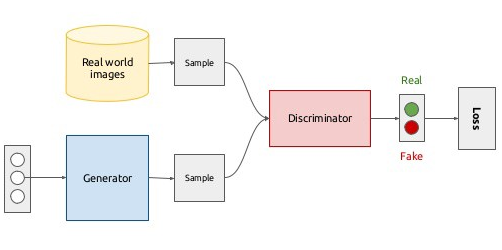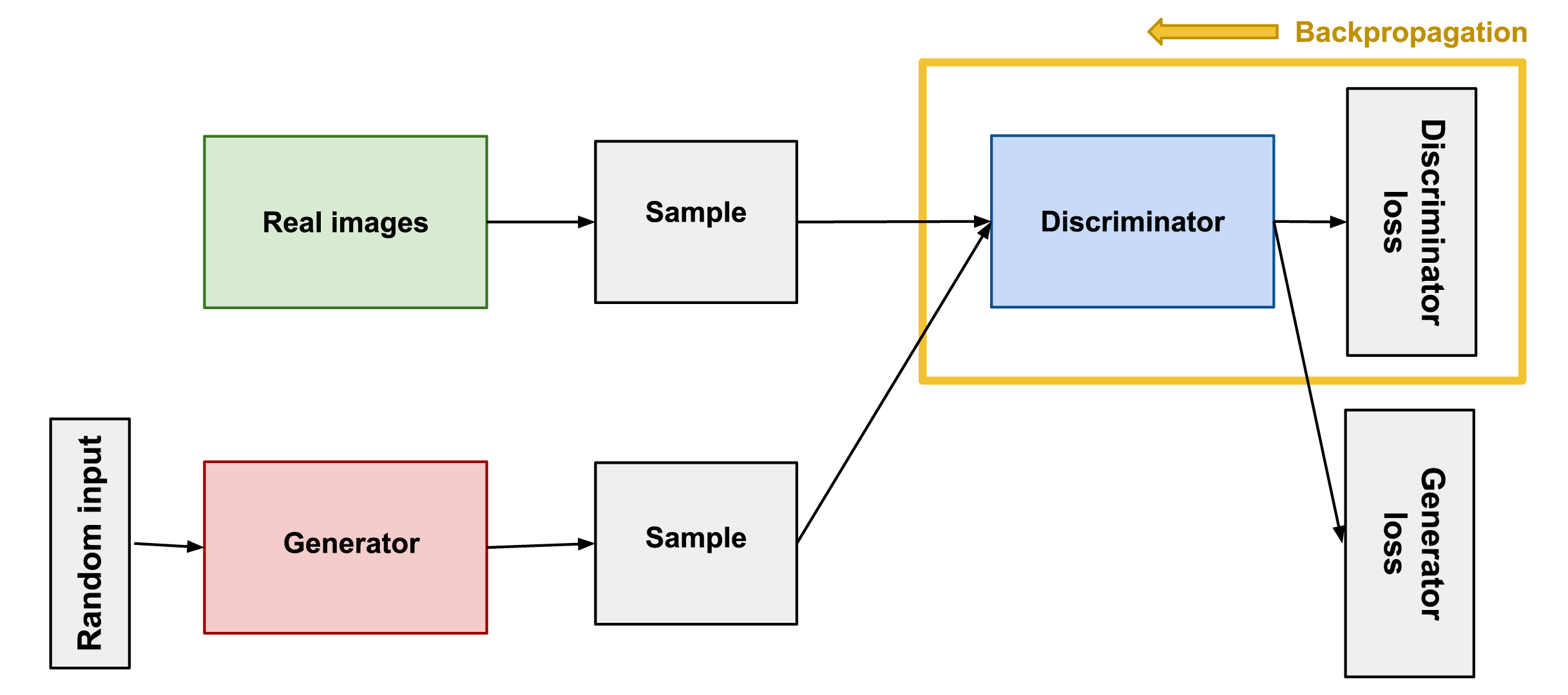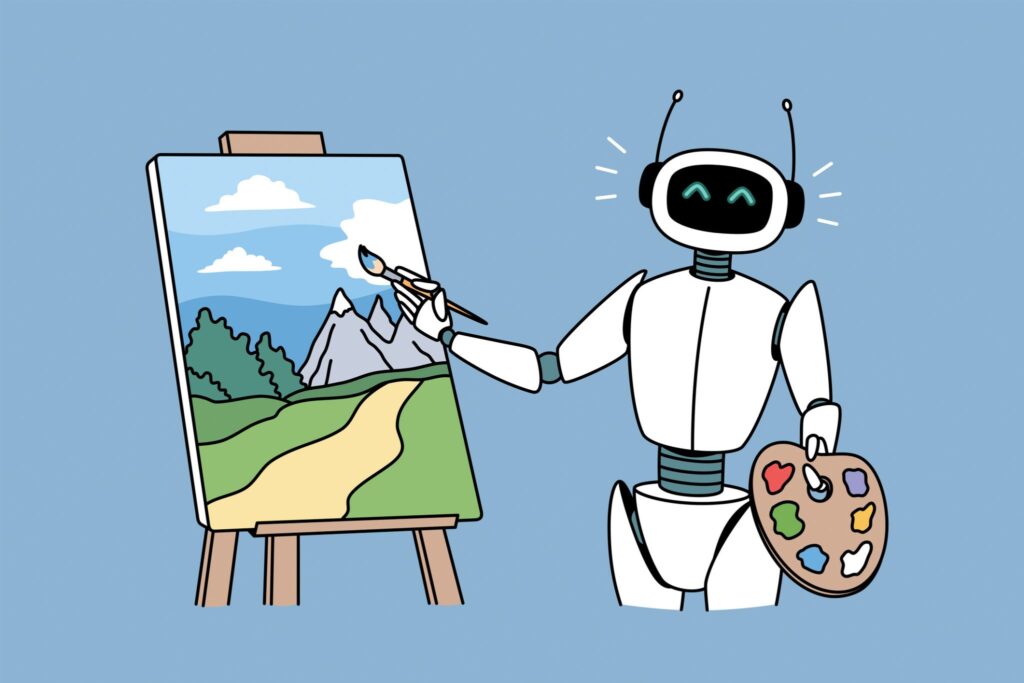Introduction to AI-Generated Artwork:
Artificial Intelligence (AI) is rapidly transforming the art world, opening up new avenues of creative expression and challenging traditional notions of authorship and creativity. AI-generated artwork is created by algorithms that are trained using machine learning techniques to analyze and replicate patterns in existing artwork.
In this article, we will explore the basics of AI and machine learning and how they are used to generate artwork. We will discuss how AI-generated artwork is different from traditional art forms and the ways in which it is pushing the boundaries of what we consider to be “art.”
Throughout the article, we will provide examples of popular AI-generated artworks and their creators, such as the work of Robbie Barrat and Mario Klingemann. These examples will showcase the incredible range of styles and techniques that are possible with AI-generated artwork, from abstract compositions to photorealistic portraits.
The Impact of AI on the Art World:
AI-generated artwork is having a significant impact on the art world, challenging traditional notions of creativity and authorship while also opening up new possibilities for artistic expression. One of the most significant ways in which AI is changing the art world is by democratizing the creation process. With AI, anyone can create a work of art, regardless of their artistic skills or training.
AI is also pushing the boundaries of what we consider to be “art.” While some critics argue that AI-generated artwork lacks the authenticity and originality of traditional art forms, others argue that it represents a new form of artistic expression that is uniquely suited to the digital age.
However, controversy surrounding AI-generated artwork persists, particularly around issues of authorship and ownership. For example, who owns the rights to a piece of AI-generated artwork – the programmer who created the algorithm or the AI itself? And can an AI system truly be considered an artist in its own right?
Despite these debates, there is no doubt that AI is changing the way we think about and create art. As AI technology continues to evolve, it is likely that we will see even more innovative and groundbreaking artwork created with these tools.
The Ethics of AI-Generated Artwork:
The rise of AI-generated artwork has raised a number of ethical considerations, including questions about authorship, ownership, and the role of AI in the creative process. One of the most significant ethical debates surrounding AI-generated artwork is whether AI can be considered an artist in its own right.
While some argue that AI-generated artwork is simply the result of algorithms programmed by humans, others argue that the AI system itself has a degree of creative agency and should be recognized as an artist. This debate raises important questions about the nature of creativity, and whether AI systems can truly be said to have the same degree of agency and intentionality as human artists.
Another ethical consideration surrounding AI-generated artwork is the issue of ownership. Who owns the rights to a piece of AI-generated artwork – the programmer who created the algorithm, the person who trained the AI system, or the AI system itself? This question has significant implications for copyright law and the commercialization of AI-generated artwork.
There are also concerns around the potential for bias and discrimination in AI-generated artwork. If the algorithms used to create the artwork are trained on a biased dataset, for example, the resulting artwork may perpetuate or amplify existing biases and stereotypes.
Overall, the ethics of AI-generated artwork are complex and multifaceted, raising important questions about creativity, ownership, and bias. As AI technology continues to advance, it is important that we engage in thoughtful and nuanced discussions about the ethical implications of this new form of artistic expression.
The Future of AI-Generated Artwork:
As AI technology continues to evolve, the possibilities for AI-generated artwork are virtually limitless. One potential future development is the emergence of AI-generated art that is indistinguishable from artwork created by human artists. This could have significant implications for the art world, blurring the lines between human and AI-generated creativity.
Another potential development is the integration of AI-generated artwork into commercial fields such as advertising and design. AI-generated artwork can be customized to fit specific brand aesthetics and can be created at a much faster pace than traditional artwork, making it an appealing option for companies looking to create compelling visual content.
In the future, we may also see AI-generated artwork used in fields like virtual and augmented reality, where it can be used to create immersive and interactive experiences. AI-generated art could be used to create virtual environments or as a tool for enhancing the user experience in these emerging technologies.
However, as AI-generated artwork becomes more advanced and widespread, it is important to continue to consider the ethical implications of this new form of artistic expression. Questions around authorship, ownership, and bias will become even more pressing as AI-generated artwork becomes more prevalent in society.
The Technical Aspects of AI-Generated Artwork:
AI-generated artwork is created using algorithms and programming languages that are designed to simulate human creativity. One of the most commonly used techniques for creating AI-generated artwork is generative adversarial networks (GANs), which involves training two neural networks – a generator and a discriminator – to work together to produce realistic images.
The generator network creates images based on random noise, while the discriminator network evaluates these images and determines whether they are realistic or not. The two networks are trained together in a feedback loop, with the generator network constantly refining its output to produce more realistic images, and the discriminator network becoming more adept at distinguishing between real and generated images.
Other techniques for creating AI-generated artwork include variational autoencoders (VAEs) and deep dream, which involves using neural networks to enhance and manipulate existing images.


Improving the quality of AI-generated artwork is an ongoing challenge, with researchers and programmers constantly seeking to refine and optimize the algorithms used to create this type of artwork. This involves experimenting with different types of neural networks, refining the training process, and developing new techniques for generating and manipulating images.
One of the key challenges in improving the quality of AI-generated artwork is achieving a balance between novelty and realism. While novelty is important for creating unique and interesting artwork, realism is important for creating artwork that is aesthetically pleasing and convincing.
The technical aspects of AI-generated artwork are complex and constantly evolving, with researchers and programmers continually pushing the boundaries of what is possible with these technologies. As AI technology continues to advance, it is likely that we will see even more innovative and sophisticated AI-generated artwork created using these techniques.
Conclusions
AI-generated artwork is a rapidly evolving field that has the potential to transform the way we create and appreciate art. From the technical aspects of creating AI-generated artwork, to the ethical considerations surrounding this new form of artistic expression, there are numerous facets to explore in this exciting area.
As AI technology continues to advance, we can expect to see even more innovative and sophisticated AI-generated artwork created using a variety of techniques and tools. Whether in the fields of advertising, design, virtual and augmented reality, or the art world at large, AI-generated artwork has the potential to revolutionize the way we create and consume visual content.
However, as with any emerging technology, it is important to continue to consider the ethical implications of AI-generated artwork, including questions around authorship, ownership, and bias. By engaging in thoughtful dialogue and exploring these complex issues, we can ensure that AI-generated artwork is used in ways that are both innovative and responsible.
Overall, the future of AI-generated artwork is bright, full of potential, and certain to be one of the most exciting areas of artistic exploration in the years to come.
- Paperspace.com. (2014). Generative Adversarial Network (GAN) – AI Wiki. [online] Available at: https://machine-learning.paperspace.com/wiki/generative-adversarial-network-gan [Accessed 5 Apr. 2023].
- Google Developers. (n.d.). The Discriminator | Generative Adversarial Networks. [online] Available at: https://developers.google.com/machine-learning/gan/discriminator.
- Baker, W. (2022). AI in Art. [online] Canterbury AI. Available at: https://canterbury.ai/ai-in-art/#:~:text=Art%20reinvented%20by%20AI&text=For%20example%2 C%20they%20allow%20artists.



